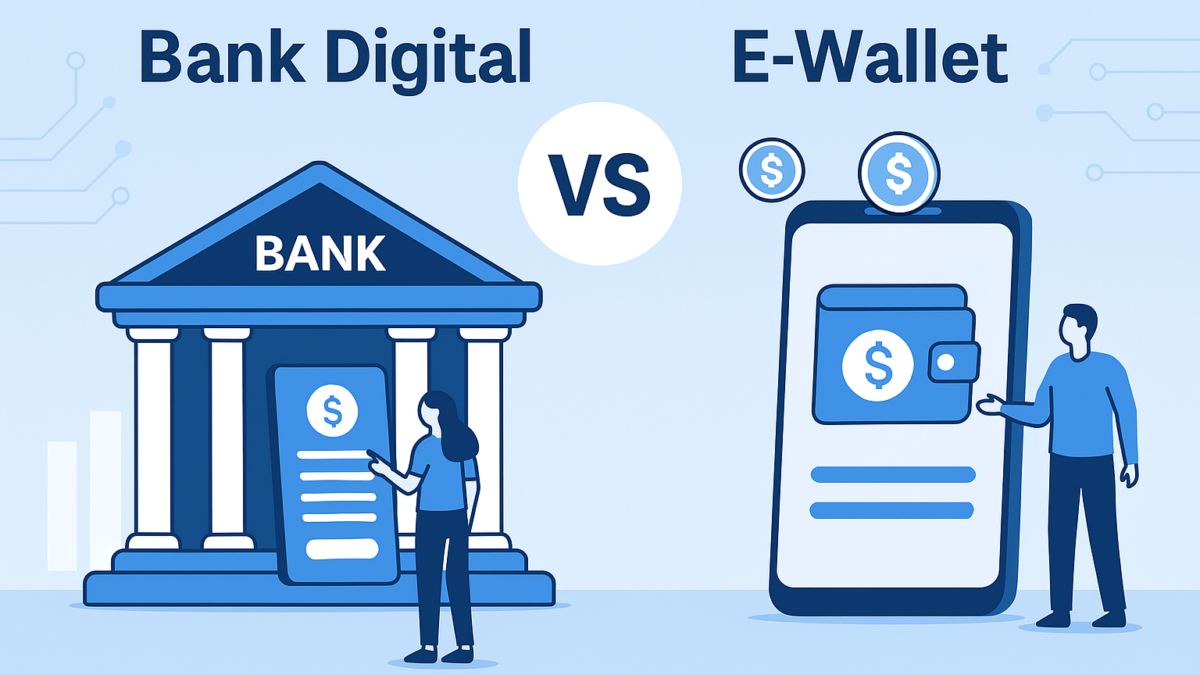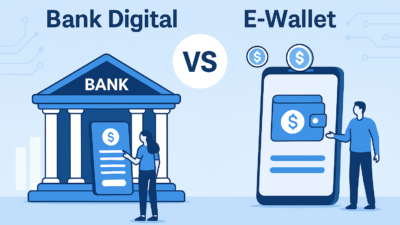
Augmented Reality (AR) and Virtual Reality (VR) are two of the most exciting technological innovations reshaping how we interact with the digital world. While they share similarities, they offer distinct experiences and applications. From gaming and education to healthcare and retail, AR and VR are creating new opportunities across industries.
This article explores the key differences between AR and VR, their unique uses, and how they are transforming various sectors.
What is Augmented Reality (AR)?
AR overlays digital information and objects onto the real world, enhancing the user’s physical environment. It does not replace the real world but adds to it by blending virtual elements with reality.
Key Features of AR:
- Real-World Integration: Digital objects are superimposed on the real world using smartphones, tablets, or AR glasses.
- Interactivity: Users can interact with the augmented elements in real time.
- Mobility: AR experiences are often mobile, accessible through everyday devices like phones.
Examples of AR:
- Gaming: “Pokémon GO” brought AR gaming into the mainstream, allowing players to catch Pokémon in real-world locations.
- Retail: IKEA Place lets users visualize furniture in their homes using AR.
- Healthcare: AR assists surgeons with real-time overlays of patient anatomy during procedures.
What is Virtual Reality (VR)?
VR immerses users in a fully digital environment, creating a simulated reality that replaces the physical world. Using VR headsets and controllers, users can explore and interact with entirely virtual spaces.
Key Features of VR:
- Full Immersion: VR replaces the real world with a 360-degree digital environment.
- Hardware Dependency: Requires VR headsets like Oculus Quest, HTC Vive, or PlayStation VR.
- Interactive Simulations: Users can interact with objects and environments in the virtual space.
Examples of VR:
- Gaming: Titles like “Beat Saber” and “Half-Life: Alyx” offer immersive VR gaming experiences.
- Training: Boeing uses VR to train pilots in realistic flight simulators.
- Entertainment: VR films and experiences provide new ways to engage with storytelling.
Key Differences Between AR and VR
| Feature | Augmented Reality (AR) | Virtual Reality (VR) |
|---|---|---|
| Environment | Enhances the real world with digital overlays | Replaces the real world with a fully digital one |
| Hardware | Smartphones, tablets, AR glasses | VR headsets and controllers |
| User Interaction | Combines physical and digital elements | Fully digital interaction |
| Mobility | Highly mobile, accessible on portable devices | Requires dedicated hardware and setup |
| Use Cases | Retail, education, navigation | Gaming, training, entertainment |
Applications of AR and VR Across Industries
1. Gaming and Entertainment
- AR: Games like “Pokémon GO” and apps that project AR effects into live events.
- VR: Fully immersive gaming experiences such as VR esports and virtual concerts.
2. Healthcare
- AR: Assists in surgeries by overlaying patient data onto real-time imagery.
- VR: Provides exposure therapy for mental health treatments and realistic medical training simulations.
3. Education and Training
- AR: Enhances traditional learning with interactive 3D models and visual aids.
- VR: Offers immersive environments for training in industries like aviation, construction, and medicine.
4. Retail and E-Commerce
- AR: Enables virtual try-ons for clothing, makeup, and eyewear (e.g., Sephora’s AR mirror).
- VR: Creates virtual showrooms where customers can explore products interactively.
5. Real Estate
- AR: Allows potential buyers to view property layouts in their existing space.
- VR: Provides virtual walkthroughs of properties, even before they are built.
6. Automotive
- AR: Projects navigation instructions onto windshields via heads-up displays (HUDs).
- VR: Simulates driving scenarios for training and safety testing.
Challenges of AR and VR
1. Cost of Hardware
While AR can work on smartphones, advanced AR glasses and VR headsets can be expensive, limiting accessibility.
2. Technical Limitations
- AR: Requires precise spatial mapping to align digital elements with the real world.
- VR: Demands high-performance hardware to deliver smooth, immersive experiences.
3. Content Development
Creating high-quality AR and VR content is resource-intensive, requiring specialized skills and tools.
4. Motion Sickness
Some users experience discomfort or nausea when using VR for extended periods.
The Future of AR and VR
1. AR Cloud
The development of an AR cloud will enable persistent and shared AR experiences across devices, revolutionizing navigation, social interactions, and gaming.
2. VR in the Metaverse
VR will play a central role in building immersive virtual worlds, offering opportunities for socializing, working, and exploring.
3. Advanced Hardware
Lighter, more affordable, and more powerful AR and VR devices will increase adoption rates and unlock new possibilities.
4. Integration with AI
AI will enhance AR and VR experiences by enabling smarter interactions, realistic simulations, and personalized content.
Conclusion
Augmented Reality (AR) and Virtual Reality (VR) are reshaping how we interact with the digital and physical worlds. While AR enhances our real-world experiences with digital overlays, VR immerses us in entirely virtual environments. Each technology has unique strengths, making them suitable for different applications across industries.
As AR and VR technologies continue to evolve, they will unlock new opportunities and redefine what is possible in gaming, healthcare, education, retail, and beyond. Understanding their differences and potential is essential for businesses and individuals looking to stay ahead in the rapidly changing technological landscape.















